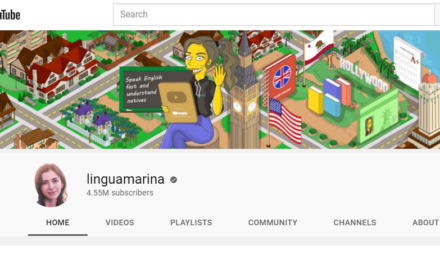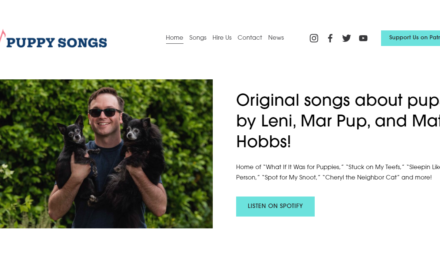Rafts of research show that people, particularly Millennials, live a mobile-first existence, relying on their personal devices to access content, conduct commerce, and interact with companies, social networks, and each other. At the other end of the spectrum, reams have been written about the increasing importance of reaching today’s mobile-first consumers in the pivotal “mobile moment.”
While it’s essential for companies and marketers to master mobile communication, their focus on amassing technology glosses over the increasing importance of tone. They need to rethink how they should address an audience that’s empowered by mobile, eager for new experiences, and feels entitled to personal, relevant, and convenient communications.
A big part of this is figuring out how to influence people and outcomes with messages that are encouraging, not overbearing. For many, it’s a radically new way of connecting with consumers—and the reason why I recommend that companies kick off 2017 with a deep dive into Nudge: Improving Decisions About Health, Wealth, and Happiness. The ideas contained in this decade-old, must-read book are more pertinent than ever.
View the book through the lens of mobile. You’ll see that tenets of the Nudge theory—which is about indirect encouragement and enablement—are aligned with the requirements of today’s empowered consumers.
Persuading them to choose your content, information, or advertising is about respecting their right to choose—and designing, phrasing, and delivering your offer in ways that will be embraced, not ignored. But the personal nature of the message and the “conversations” it enables also demand that companies and brands do more than master persuasion. They have to show passion.
It’s all about appearing more “human.” It’s also why we’re witnessing an explosion in emoji marketing. Clever media and entertainment companies—including The Walt Disney Co., NASCAR, VH1, and Warner Bros.—are moving from personalizing email, app push notifications, and text messages with relevant information and first-name greetings to harnessing this new, visual language. This adds a more personal touch. And they aren’t the only ones. Companies, including quick service restaurants and online commerce giants, are striking a chord with their customers by using pictures that speak a thousand words.
Appboy stands out as the first to examine this phenomenon. It reports a “meteoric rise” in emoji marketing. Marissa Aydlett, its VP of marketing, tells me that “just in the last year marketers across industries, using Appboy’s platform, sent tens of billions of emoji-based messages to over a billion of their customers.”
Appboy’s latest research shows an exponential increase in emoji marketing, stating that “over the past 12 months, the number of active customer messaging campaigns that include emojis has increased by 609%.” Appboy reports that more than 800 million emoji messages were sent in June 2016, up from 145 million in June 2015. Plus, conversion rates are up 135% year-over-year and are what the company calls “an all time high.”
Emoji campaigns and conversion rates are on the rise, because they are emotive and effective. Appboy’s research, based on a survey of 500-plus consumers in the U.K. and the U.S., reports that people between ages 14 to 24 use emojis “more often and frequently” than users older than 45. Overall, people age 25–44 are “least likely to dislike emojis.” Significantly, younger audiences have a more positive perception of brands that use emojis, seeing them as fun, open, and relatable.
Consumers want everything on their terms. Meeting this demand requires technology to match the message to the moment. But companies will achieve the best results if they conduct “conversations” with the help of mobile messaging that is aimed at and inspires positive emotions.






